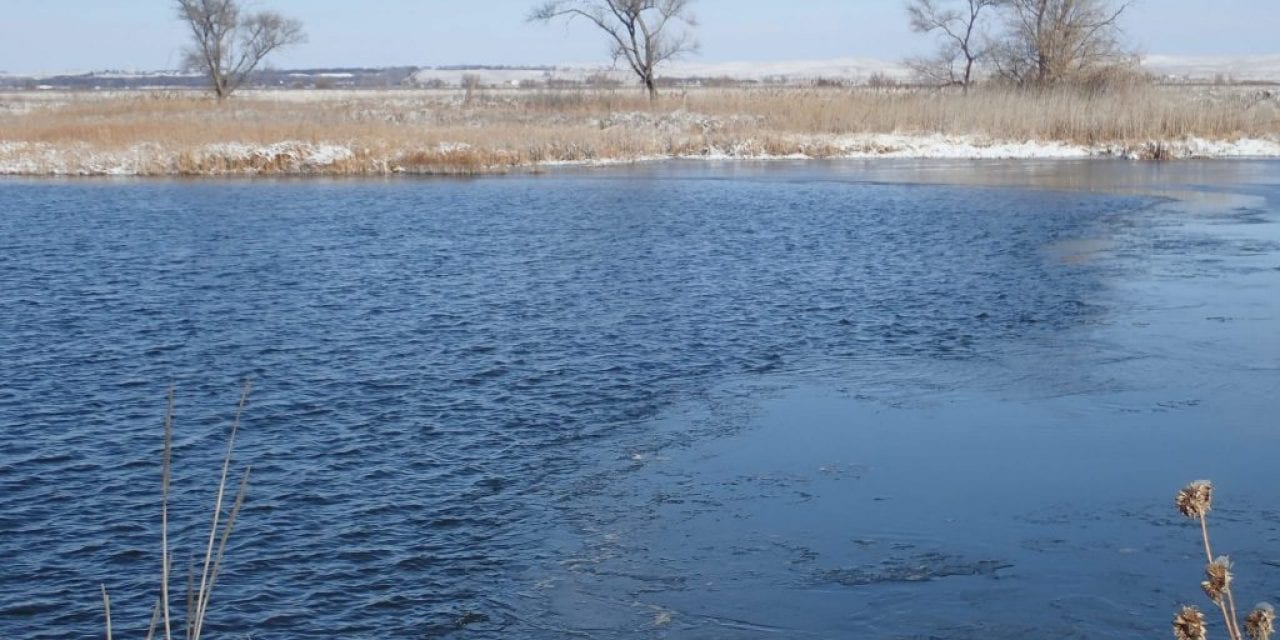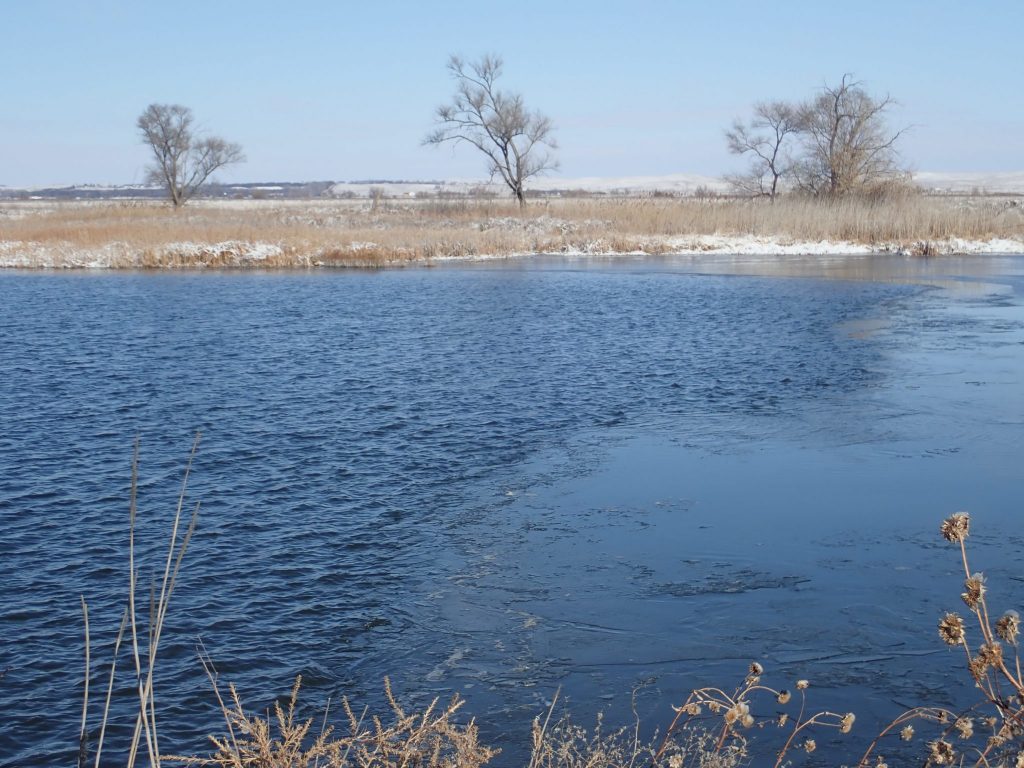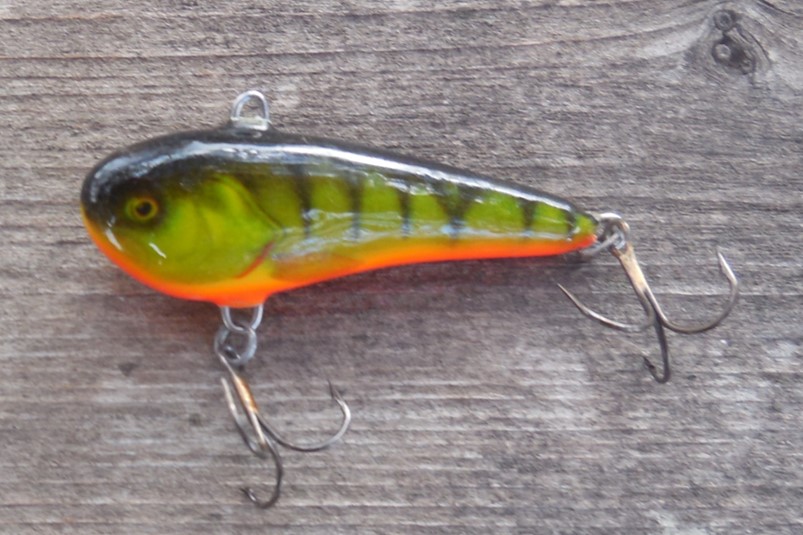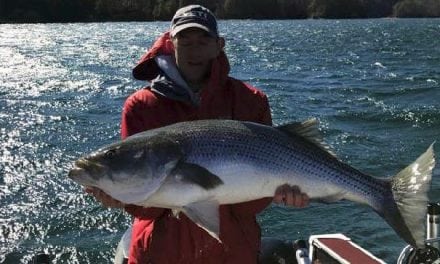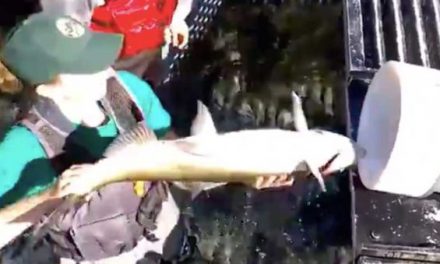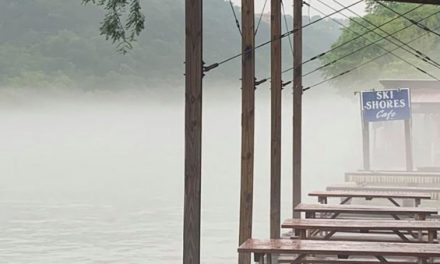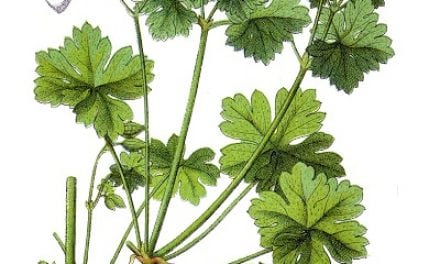Calendar says it is early February. Most winters we would be about half-way through our ice-fishing season. This winter has not been “most winters”. . . .
Ice Conditions
The best way to describe our ice conditions this winter has been highly variable! That is especially true when you consider that Nebraska is a big state. At one point or another this winter we have had good ice in some areas while others were unsafe, and then the situation has flipped. We had a relatively late ice-up no matter where you were, but the one thing that has characterized our weather this winter has been extremes. We have had cold temperatures, in some cases really cold, but those “snaps” have not lasted long. Then we have had exceptionally mild weather. We have had ice on, ice off, ice on, ice off, ice on again. The result of all of that is that you better be very careful wherever you go. I remind folks about ice safety every winter, and it seems like I have done it even more this winter, Ice Safety Reminder, Again.
Get a spud bar and use it!
The Bite
From reports I have heard, with the variable ice conditions, the bite has been all over the place too. Actually, when a waterbody finally freezes over, conditions stabilize. When there is a later than “normal” freeze-up, water temperatures will actually be colder than if there had been a cap of ice. Likewise, when there are variable ice conditions, frozen and then open and then frozen again, I believe it can take some time for conditions to stabilize and for fish to settle into more active feeding behavior.
Generally, first ice can produce a good bite in relatively shallow water and fish tend to move deeper as the winter progresses. Yes, I know, I know, there are always exceptions, but generally by mid-winter I am thinking of fishing deeper spots or at least spots closer to deeper water. But what about this winter? Are we looking at “first ice” now? Or with open water later into the winter have the fish already moved deeper? Is it s mid-winter bite just like always?
Another of my favorite answers is that every day is different, every year is different. Past experience can give you an idea of where to start, but ultimately you have to start working through the puzzle of finding fish and getting them to bite. Expectations often go right out the window. Unfortunately, with ice conditions the way they have been, I have not spent as much time on the ice as I usually would have, but I would have to say the bite has been about what I would experience every ice season.
However, I will tell you that recently I started on the basin of one small reservoir I fish, expecting fish to be where they were mid-winter last year. Within an hour I concluded that the fish plain were not there, so it was “keep drilling”, keep looking for fish. Where I eventually found them was shallow, where I would expect them at first ice. So, with the late freeze up, thawing and then re-freezing, it appeared that the fish were still where I would expect at early ice even though we are mid-winter. I would never tell you that is what I would expect on every waterbody, and I do not necessarily know if I would expect the same thing on the same waterbody next time–just an observation.
Go Big
If you have been reading my blog for any length of time, you know I am a believer in big baits for big fish, especially for big predator fish. Now, “big” is relative and when I am talking about “big” baits I use for ice-fishing, they usually are not as large as the “big” baits I use on open-water. However, I have to tell you I have been fishing with bigger baits on ice the last few winters and I do not think I am going back.
I got to thinking about this last winter when two of the biggest bluegills I caught all ice season smacked a large jigging bait that hardly anyone would think of for panfish, especially bluegills. Those two big ‘gills were caught from a heavily-fished public waterbody, and I am not kidding, both of those fish absolutely hammered the bait, they wanted it! With big baits, what I am finding is that I am catching more big fish; yes, less fish over all, but definitely better quality.
The thing is, I am still attracting fish, including panfish, to the larger jigging baits. Even if I am not hooking fish, I am still accomplishing something–finding fish. If I want to find out how big of panfish might be eyeing my big jigging bait but not eating it, I always can switch up to a smaller presentation and sample a few. In the process I am covering more water and finding more big fish.
Most of those larger fish have been largemouth bass. I could look back through my logs, but just off the top of my head I would say this ice-season has been exceptional for the numbers of bass I and my partners have put on the ice. Yep, in most cases big panfish have been the target, but you know what? It is fun to catch and release bass too, and, we have caught some really nice bass! I am coming to the conclusion that those ole green bass are actually more active under the ice than some anglers believe. Maybe in the past we have not been catching as many bass through the ice because we spent all of our time jigging small panfish presentations and just catching bass incidentally? Maybe going bigger is much more effective for predator fish and will still do a great job of locating panfish too?
Looks like we might have solid ice for some time now. YYEEESSSSSSS!!!!!!!!! I got some more ideas floating around in my head and need more time on the ice to try ’em out!
The post Mid-Winter Ice Fishing Report Card appeared first on Nebraskaland Magazine.

